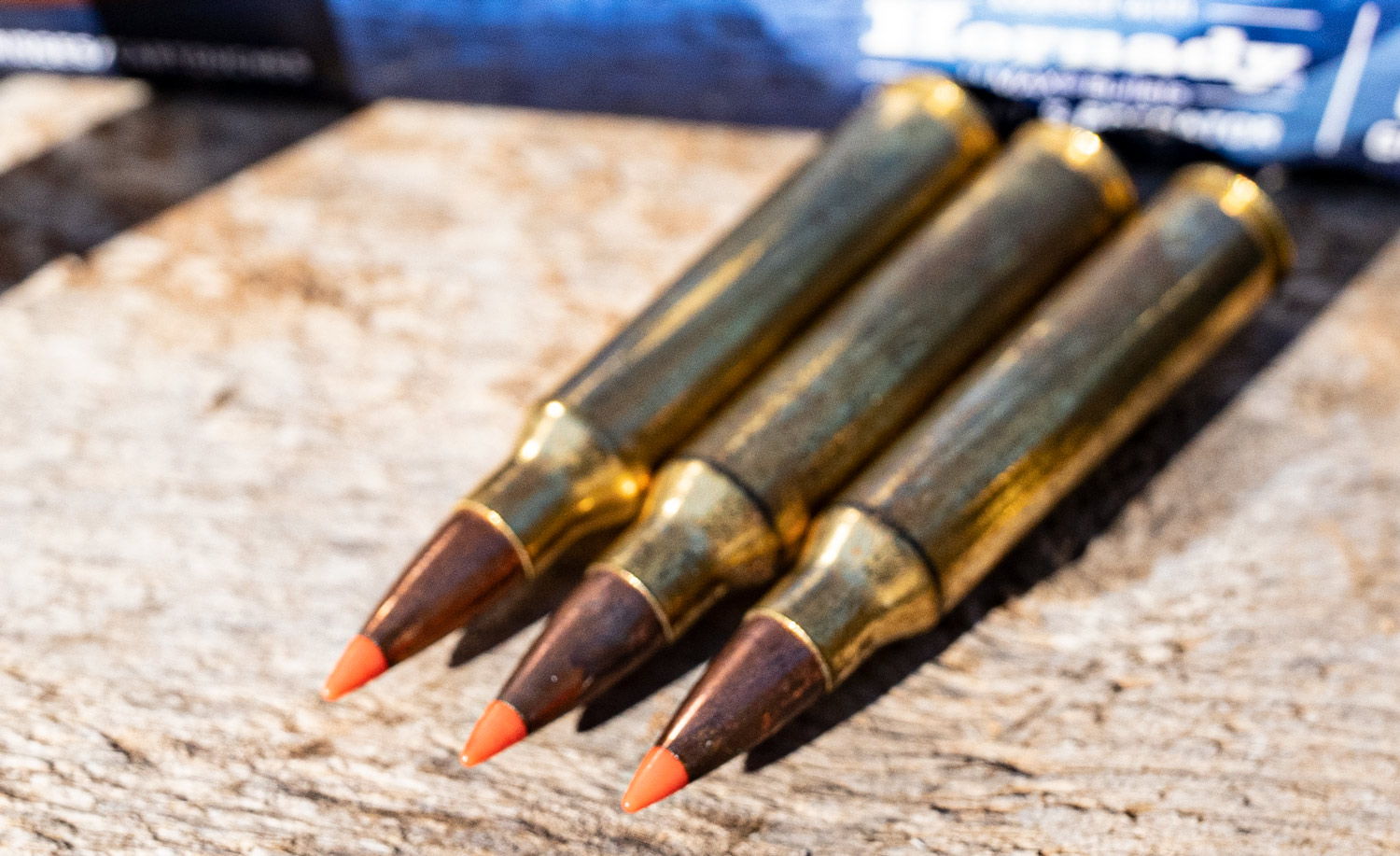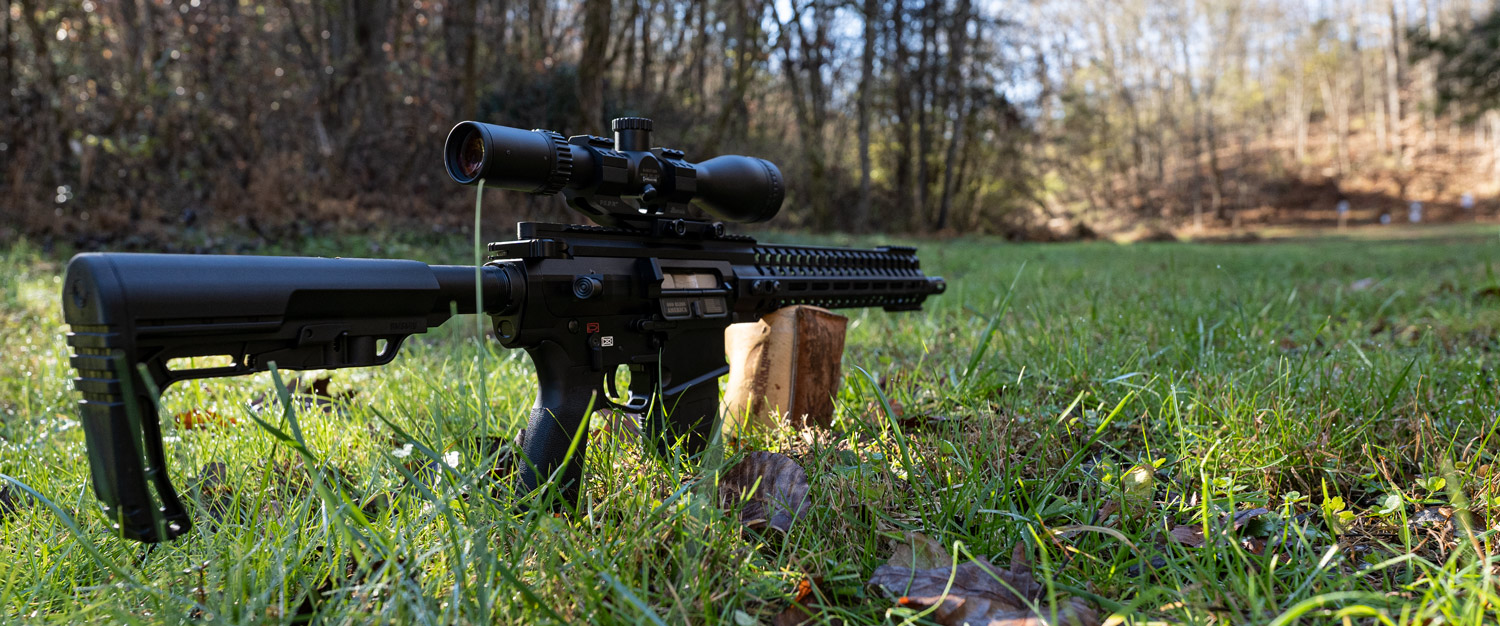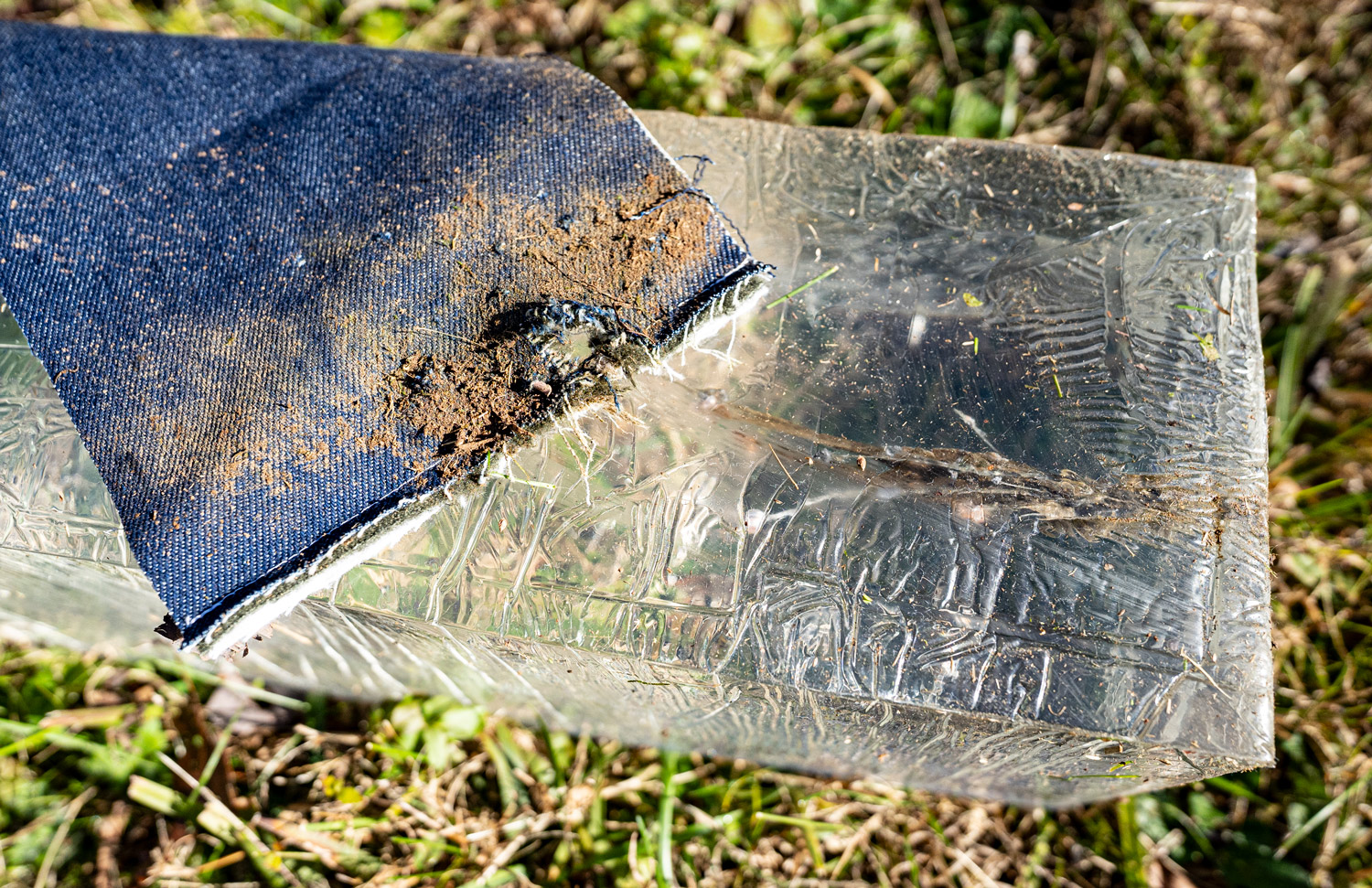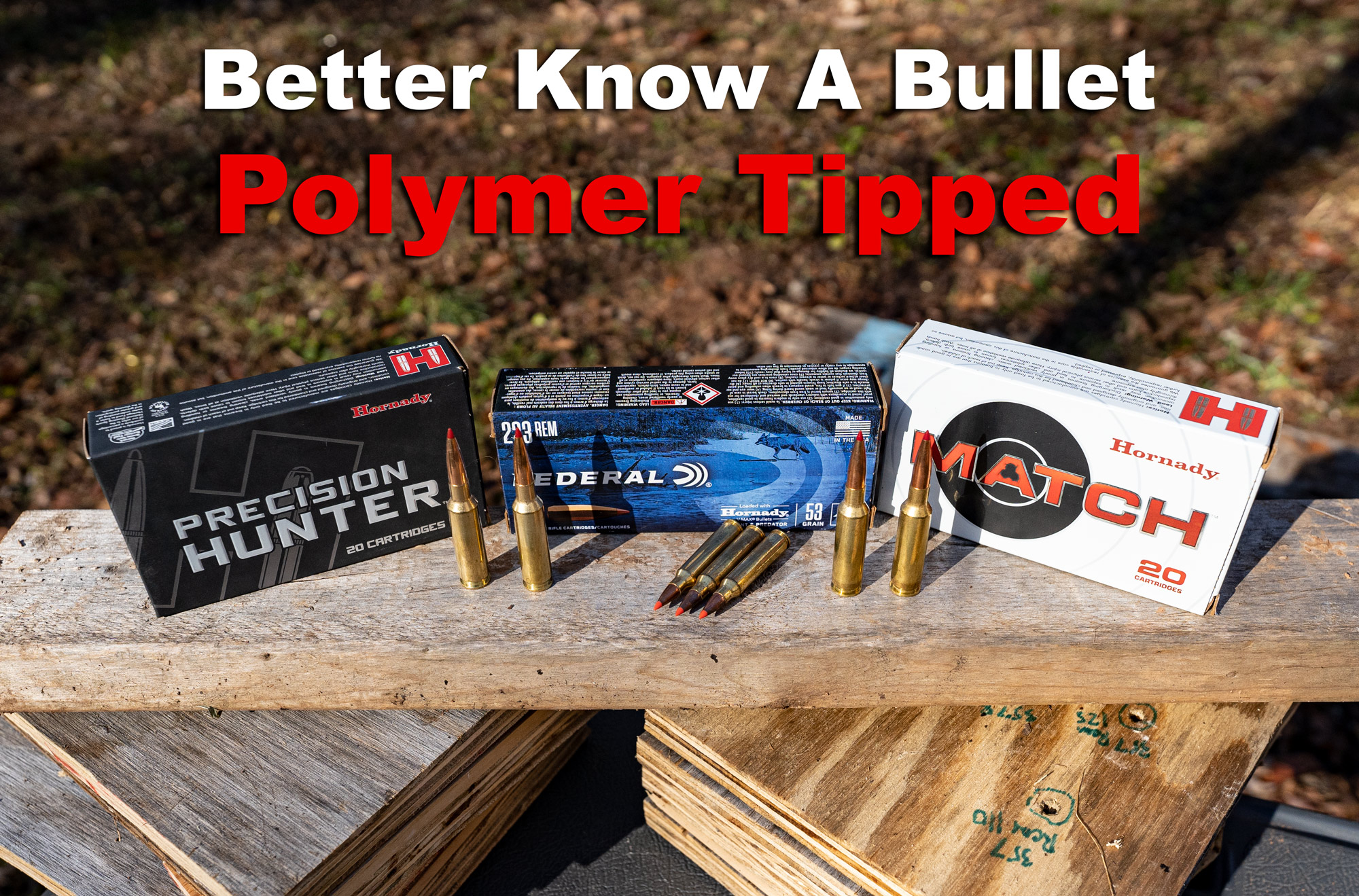“Polymer tipped ammo” can refer to one of two things: the piece of plastic that sits on the tip of a bullet, or an entire bullet that has this feature. A polymer tip looks neat and adds a bit of color to a bullet that might otherwise look indistinct. It does not serve an aesthetic purpose though. (Well, Nosler does color code their polymer tips by caliber, and Hornady’s Zombie Max bullet has a light green polymer tip which gives it a certain zombie charm. Still, that’s beside the point.)
Why Use Polymer Tipped Ammo?

A polymer tip can convey one or more of the following three advantages:
1. Improved ballistic coefficient
2. Improved terminal performance
3. Improved feeding in a firearm
We’re going to go into a little further detail on each of the polymer tip’s possible benefits. After reading this article you should have a handle on what a polymer tip is and be able to determine whether polymer tip ammo is worth bringing along to the range, on a hunt, or for personal protection.
Polymer Tip Improve Ballistic Coefficient

A bullet’s ballistic coefficient is simply a measure of its ability to overcome air resistance while it’s in flight. A bullet with a higher ballistic coefficient will accordingly retain more velocity in flight. This means a flatter trajectory as it whizzes downrange. A bullet that retains more velocity naturally retains greater energy as well, increasing the damage it can inflict on impact.
Manufacturers often add polymer tips to their bullets to make their meplats (i.e. tips) more uniform. This helps to standardize their ballistic coefficient, permitting them to perform more similarly to one another while in flight. A very well-made polymer tip can also create a more streamlined meplat that heightens ballistic coefficient overall.
Many bullets that are intended only for match shooting have polymer tips designed solely to standardize and increase their ballistic coefficients. Examples include Sierra’s Tipped MatchKing with its acetyl resin tip and Hornady’s ELD with its patented Heat Shield tip.
Is the improvement dramatic? Not necessarily. Many experienced shooters claim to notice no improvement to accuracy when firing polymer tips as opposed to conventional boat tail hollow point bullets.
Polymer Tipped Ammo Means Better Terminal Performance

We fired a .223 Rem round of 50 grain V-MAX into this ballistic gelatin. The result was a cloudy looking gel block and a highly fragmented bullet.
A hunting bullet may include a polymer tip that is designed to promote faster, more reliable, and more uniform expansion. Hornady’s V-MAX is a great example of this. When the V-MAX collides with its target, its polymer tip rapidly smashes down into its underlying nose cavity. As penetration continues that tip keeps pushing inward, forcing the bullet to expand wider and wider in the process. Winchester’s Extreme Point bullet has a polymer tip with an unusually wide base, and operates on the theory that so wide a base delivers accordingly faster expansion.
Some self-defense bullets include polymer tips for this same reason. Hornady’s FTX ammo features a soft polymer tip that sits in its nose cavity. As the FTX meets with resistance from soft tissue, its tip compresses inward to reliably spread the bullet outward.
Additionally, a polymer tip can prevent a bullet’s nose cavity from jamming with debris as it’s penetrating a barrier or target. In doing so it preserves a bullet’s ability to deliver terminal expansion. Speer’s G2 bullet doesn’t have a polymer tip per se. It does, however, contain elastomer that fills its nose cavity. That helps to keep it free and clear of debris that could inhibit its ability to expand.
A Polymer Tip Makes Feeding More Reliable
One major flaw in the hollow point bullet’s design is its flat nose profile. It is more likely to catch on something while feeding in a semi-automatic firearm and cause a jam. The addition of a polymer tip to a hollow point bullet optimizes its profile for more certain feeding out of a magazine.
As a side note, some bullets intended for lever-action rifles now include polymer tips. Traditionally lever-action bullets had to have flat meplats. This is because a pointed meplat could potentially ignite the primer on the round it touches in a tubular magazine. That’s a dangerous predicament.
Hornady’s LEVERevolution bullets have polymer tips that give them more aerodynamic profiles, but which are also too soft to activate a primer inside of a tubular magazine. Clever stuff.
Is a Polymer Tip Better?
As mentioned earlier, the extent to which a polymer tip actually improves ballistic coefficient is not so dramatic that it has obsoleted simpler bullet designs. If match shooters saw a marked advantage to the polymer tip over the boat tail hollow point, they would all have universally embraced it by now.
Similarly, many hunters do not recognize polymer tip bullets as objectively better. If a polymer tip prevents fur and hide from clogging a hunting bullet’s nose cavity, the benefit is not overwhelmingly obvious. The polymer tip’s ability to accelerate terminal expansion is well recorded, however. The terminal performance of a bullet like the V-MAX can only be described as explosive when it connects with a varmint. Self-defense bullets, on the other hand, nearly certainly perform better when their ability to expand isn’t impacted by debris clogging their nose cavities.
Polymer tips do help semi-autos feed hollow point bullets more reliably, if only slightly. But even if the benefit boils down to a fraction of a percentage, you might agree that the amount at stake during a self-defense scenario is too great to forgo any available advantage.





Great article!
I really appreciate you “GUYS” taking the time to explain and attempt to educate the firearm owner world on what they are trying to do with their purchases. You seem to really put discussion before the typical, “buy this now, it’s on sale and will be gone soon”, pitch. And forget Bass Pro, Cabela’s etc. from trying to explain anything to you on the spot while shopping their usually empty ammo shelving (It’s nice shelving…..LOL).
I finally asked the right question and got an answer all can understand. Thanks for the info.
I work on weekends at an outdoor gun range, as a RSO.
I had not seen orange tips until yesterday. I was unsure of them, so I had to ask the range master ,since we DO NOT ALLOW FMJ ammo.
Those are fine to.shoot there.
Just be aware. Ranges are started to have rules against FMJ ammo.